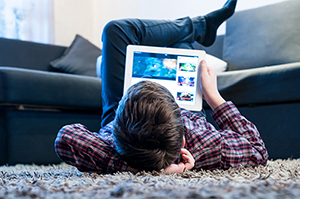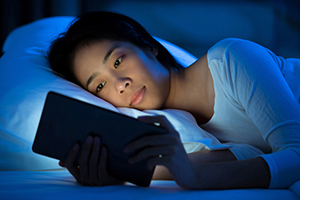
|
|
|
|
Hal Kushner, MD, received the Distinguished Member Award from the American Society for Cataract and Refractive Surgery, and his life story is truly incredible. Dr. Kushner was a handsome young physician with dark hair and sparkling blue eyes He had one beautiful little girl and another child on the way. His career as a doctor was lucrative and fulfilling. Unfortunately, while deployed in the mountains of South Vietnam, Captain Kushner’s helicopter crashed. When he regained consciousness, he found himself hanging upside down in his burning, inverted Huey. Hit by exploding ammunition when trying to free the pilot, he lost his entire crew within days and was left on his own in hostile territory. Hal had been shot, badly burned, and because his glasses were lost on impact, he was unable to see. He was ultimately captured by the Viet Cong. Dr. Kushner spent over five years in horrific conditions as a POW. Incredibly, Dr. Kushner transcended this tragedy in a remarkable triumph of the human spirit through focusing on the future and living each day in gratitude and joy. Dr. Kushner was the only U.S. physician to be taken prisoner during the Vietnam War. His story of courage, endurance, optimism, and resiliency is truly remarkable. After his release as a POW, Dr. Kushner became an ophthalmologist, practicing in Daytona Beach, Florida. Samuelson, Thomas. “Hear the incredible story of our colleague Hal Kushner”. ASCRS Eyeworld. |
|
|
|
Blue light from your smartphone
The researchers were looking at what happens when a specific chemical present in the eye called retinal, is exposed to blue light. Blue light enters the eye both naturally, in sunlight, and from artificial sources such as electronic screens. The study’s findings cannot be turned into recommendations for real people in the real world. Janet R. Sparrow, PhD, who is the Anthony Donn professor of ophthalmic sciences and professor of pathology and cell biology at Columbia University in New York, offered several notes of caution about this study:
In other words, the researchers took cells that are not from the eye, put them together with retinal in a way that doesn’t happen in the body and exposed the cells to light in a way that doesn’t happen in nature. Real concerns about screen use and eye safety If you have questions or concerns about your eye health, please talk to Dr. Sher. He can make recommendations that are right for you and your lifestyle. There is indeed, evidence that blue light can interfere with humans’ circadian rhythms, making it harder to fall asleep. For some people, it can be a good idea to limit screen time or filter out blue light from screens before bedtime. Spending too much time looking at a screen can keep people from blinking as often as they should and from focusing on things at different locations. This can make the eyes feel dry, gritty, tired or strained. The simple solution is to look at least 20 feet away, for 20 seconds, every 20 minutes. Ophthalmologists call this the ‘20-20-20’ rule. |

 Summer is a great time for laser vision correction
Summer is a great time for laser vision correction
 Dr. Hal Kushner’s incredible story
Dr. Hal Kushner’s incredible story Despite a claim made by a recent study that has created concern in the public and alarmist headlines from news outlets worldwide, blue light from electronic screens is not making people go blind. The research cited comes from the University of Toledo and was published in Scientific Reports. Experts caution that these reports are leading to unfounded conclusions about the potential effects of blue light on the eye.
Despite a claim made by a recent study that has created concern in the public and alarmist headlines from news outlets worldwide, blue light from electronic screens is not making people go blind. The research cited comes from the University of Toledo and was published in Scientific Reports. Experts caution that these reports are leading to unfounded conclusions about the potential effects of blue light on the eye.